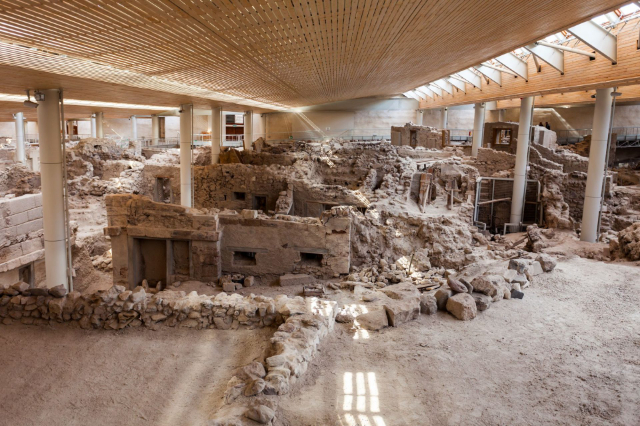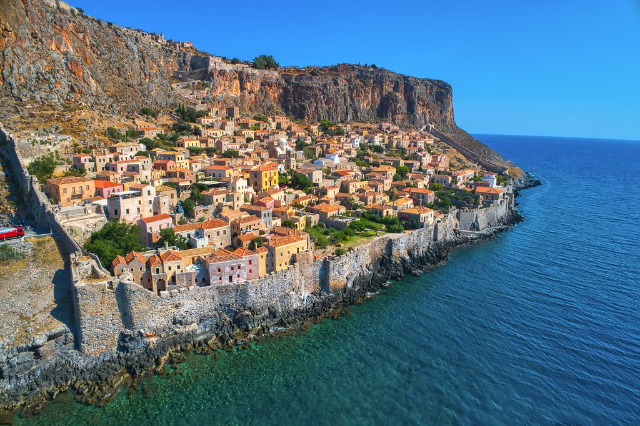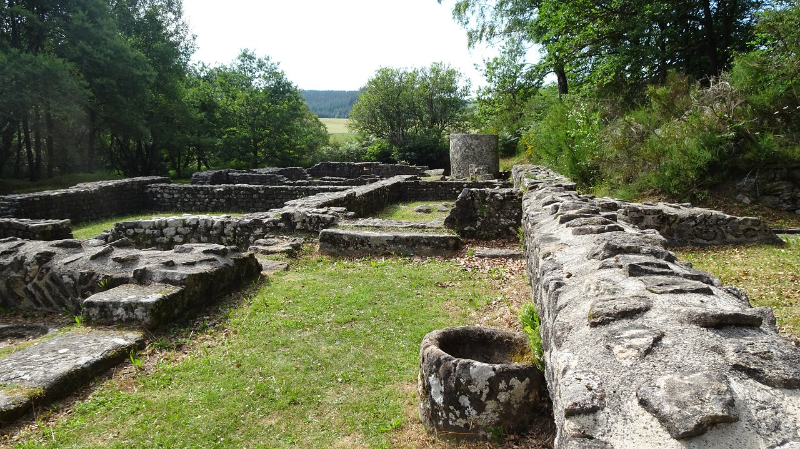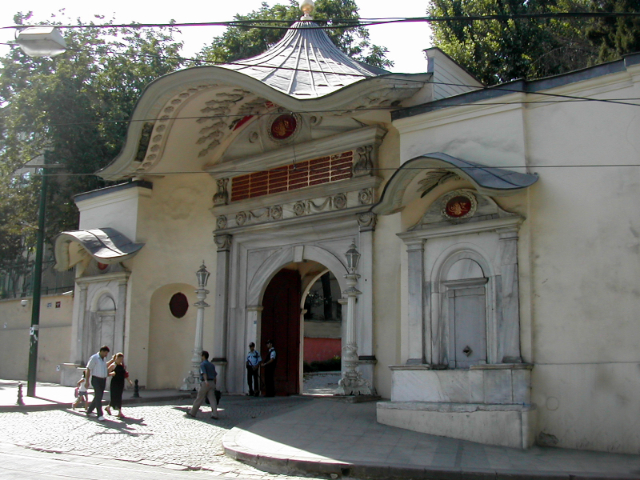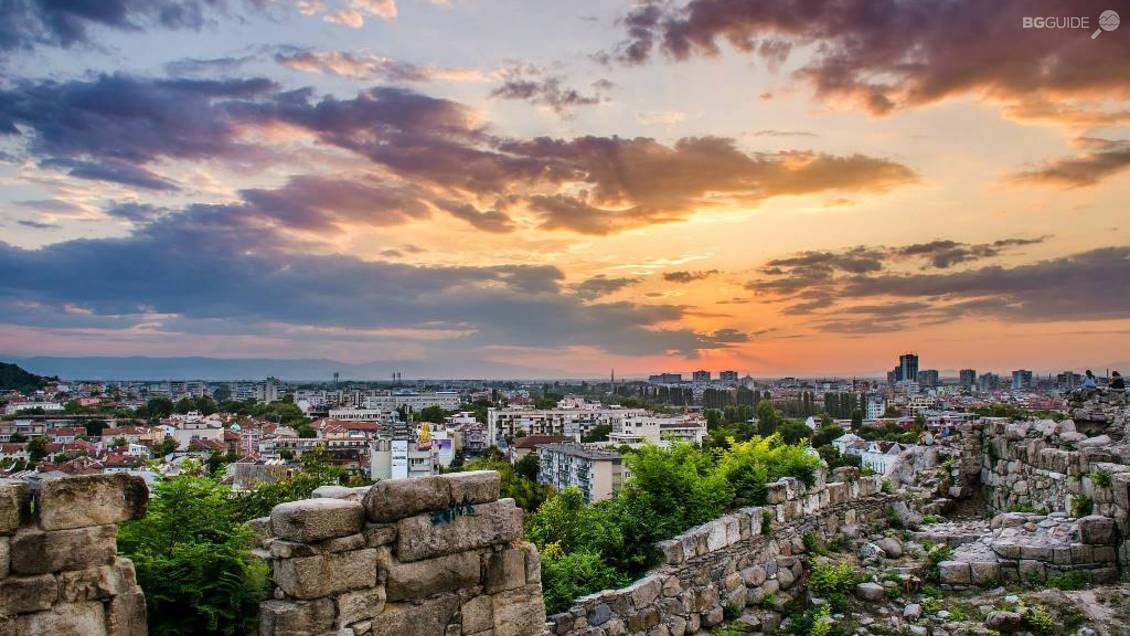Located on the island of Santorini, the prehistoric town of Akrotiri provides a fascinating glimpse into the advanced Bronze Age civilization that once flourished here. Covered by volcanic ash due to the Minoan eruption around 1600 BC, the site has been remarkably well-preserved. The ash acted as a natural time capsule, allowing modern-day archaeologists to uncover multi-level buildings, advanced drainage systems, and beautiful frescoes that provide insight into the life and culture of the ancient Minoans.
What makes Akrotiri especially intriguing is the theory that it might have served as the inspiration for Plato’s story of Atlantis, a highly advanced civilization said to have sunk into the ocean overnight. While there’s no definitive evidence to support this claim, the advanced state of Minoan society, as well as the cataclysmic eruption that led to the downfall of Akrotiri, make it a compelling candidate.
The settlement is believed to have been a major trading port, with artifacts found at the site indicating trade relations with other parts of the Mediterranean. Fine pottery, furniture, and even advanced plumbing systems indicate that Akrotiri was far ahead of its time.
Visitors to the site can explore the multi-roomed buildings, marvel at the complexity of the town’s layout, and even see evidence of multi-story constructions. The site’s enclosed structure allows for an immersive experience, as you walk through ancient streets and peek into houses, frozen in time by the volcanic eruption.
In essence, the prehistoric town of Akrotiri is a must-visit for anyone interested in archaeology, history, or the captivating legends of lost civilizations. Its well-preserved state offers an unparalleled window into the Bronze Age, and perhaps even into one of history’s most enduring myths.

